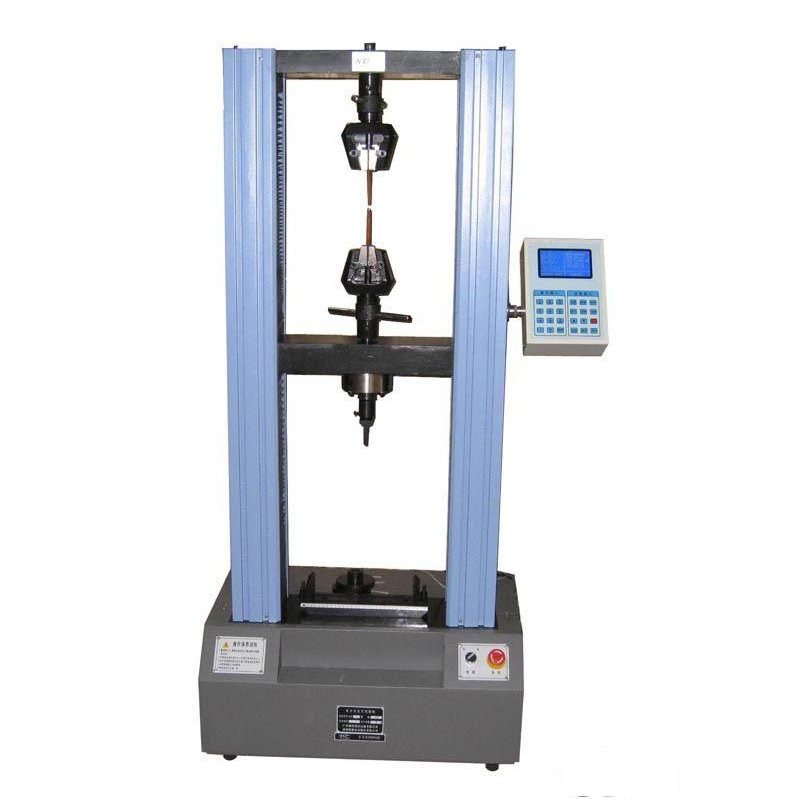ultraviolet irradiation polyolefin cross-linked equipment
Advancements in Polyolefin Cross-Linking through Ultraviolet Irradiation
Ultraviolet (UV) irradiation has emerged as a pioneering technology in the field of polyolefin cross-linking, significantly enhancing the mechanical and thermal properties of polyolefin materials
. This innovative approach offers an efficient and environmentally friendly method for improving the performance characteristics of polyolefin products, which are widely used in various industries, including automotive, construction, and consumer goods.Polyolefins, such as polyethylene and polypropylene, are known for their excellent chemical resistance, flexibility, and lightweight properties. However, these materials often face limitations in terms of thermal stability and mechanical strength. Cross-linking is a chemical process that alters the polymer structure to form a three-dimensional network, thereby improving its properties. Traditionally, cross-linking methods have involved heat or chemical agents, which can be energy-intensive and sometimes lead to undesirable by-products.
UV irradiation presents an alternative that not only reduces energy consumption but also minimizes the environmental impact associated with chemical cross-linking agents. When polyolefin materials are exposed to UV light, the energy from the radiation breaks down certain molecular bonds, which generates free radicals. These free radicals can then interact with other polymer chains, initiating a cross-linking reaction that results in a durable, high-performance material.
ultraviolet irradiation polyolefin cross-linked equipment

The versatility of UV irradiation allows for its application in various settings, including manufacturing processes that require thick or complex geometries of polyolefin products. The technique facilitates real-time cross-linking on production lines, offering manufacturers the ability to produce stronger, heat-resistant components without extensive delays. This process not only enhances productivity but also opens the door to creating multi-functional materials that can withstand harsher environments, thus expanding the range of applications for polyolefins.
Research continues to explore the optimization of UV cross-linking conditions, such as the intensity and duration of exposure, to achieve the desired material properties effectively. Additionally, advancements in UV lamp technology and photoinitiators are enhancing the efficiency of this cross-linking method, making it more suitable for large-scale production.
In summary, the integration of UV irradiation in polyolefin cross-linking presents a revolutionary approach that is transforming the manufacturing landscape. By improving the properties of polyolefins while reducing energy consumption and environmental impact, this technology is paving the way for more sustainable practices in the polymer industry. As research progresses and technologies evolve, we can anticipate even broader adoption and innovation in polyolefin applications, from everyday products to specialized industrial components. The future of polyolefins looks bright, supported by the advancements in UV irradiation cross-linking.
-
Why the Conductor Resistance Constant Temperature Measurement Machine Redefines Precision
NewsJun.20,2025
-
Reliable Testing Starts Here: Why the High Insulation Resistance Measuring Instrument Is a Must-Have
NewsJun.20,2025
-
Flexible Cable Flexing Test Equipment: The Precision Standard for Cable Durability and Performance Testing
NewsJun.20,2025
-
Digital Measurement Projector: Precision Visualization for Modern Manufacturing
NewsJun.20,2025
-
Computer Control Electronic Tensile Tester: Precision and Power for the Modern Metal Industry
NewsJun.20,2025
-
Cable Spark Tester: Your Ultimate Insulation Assurance for Wire and Cable Testing
NewsJun.20,2025
 Copyright © 2025 Hebei Fangyuan Instrument & Equipment Co.,Ltd. All Rights Reserved. Sitemap | Privacy Policy
Copyright © 2025 Hebei Fangyuan Instrument & Equipment Co.,Ltd. All Rights Reserved. Sitemap | Privacy Policy
